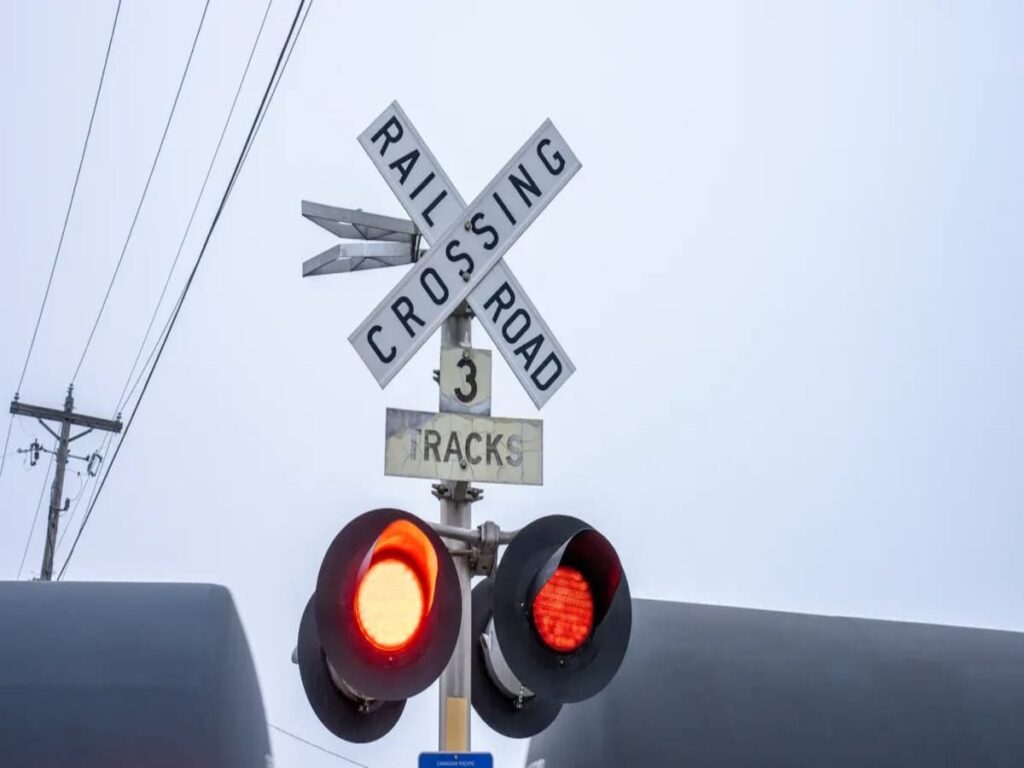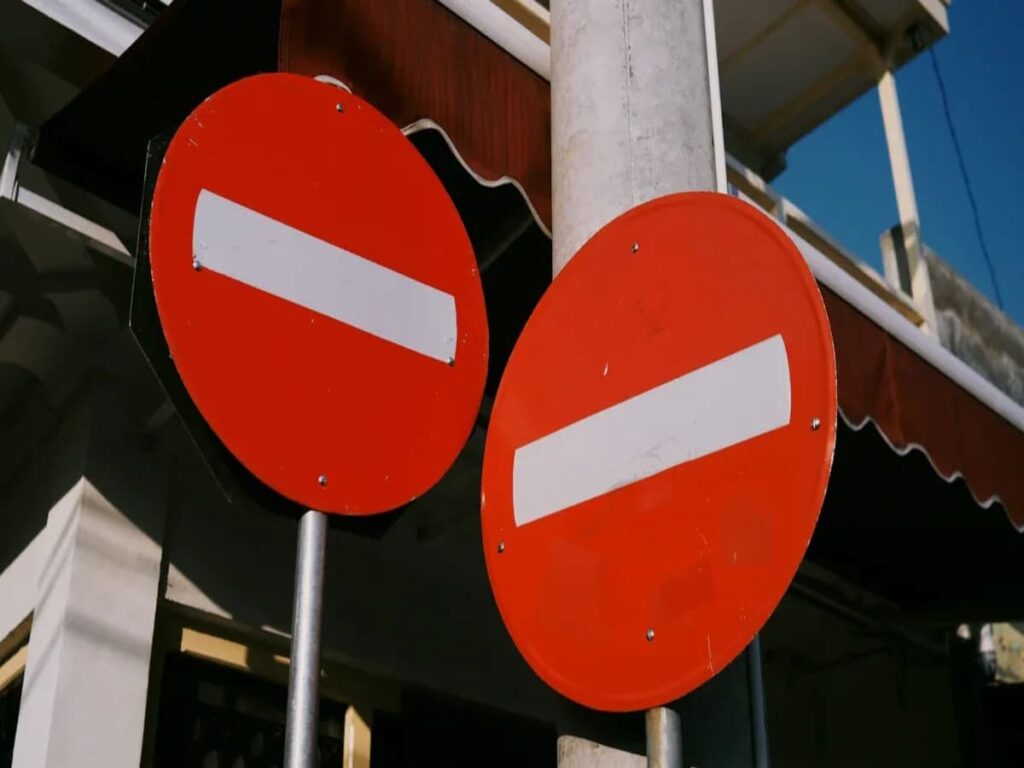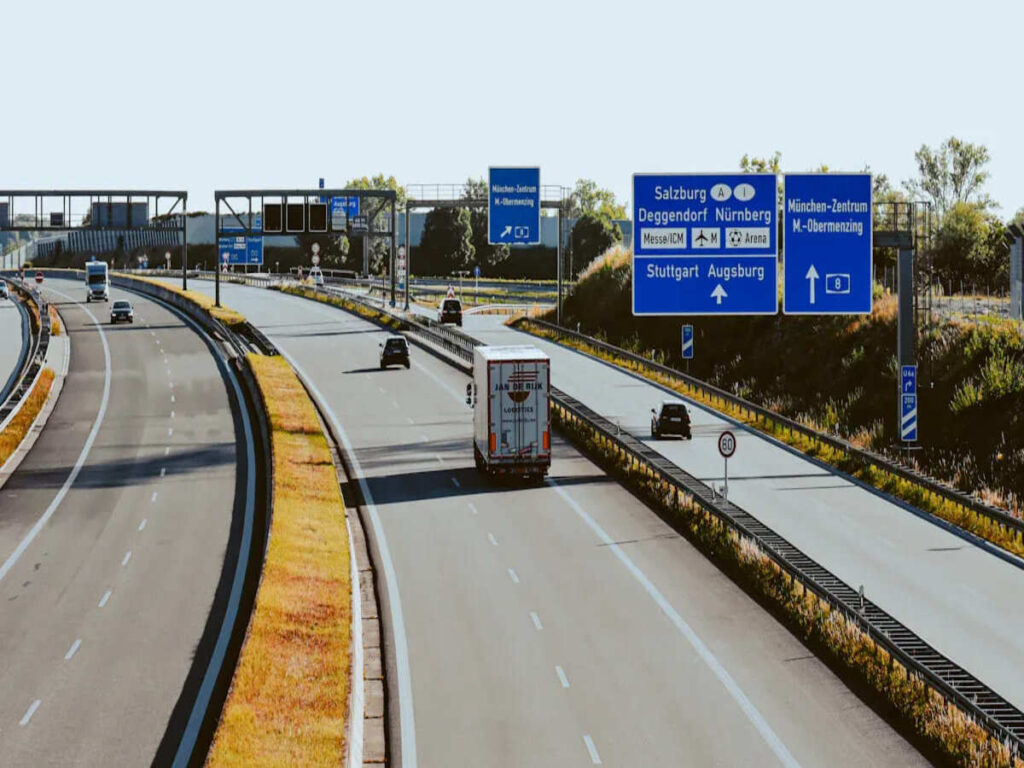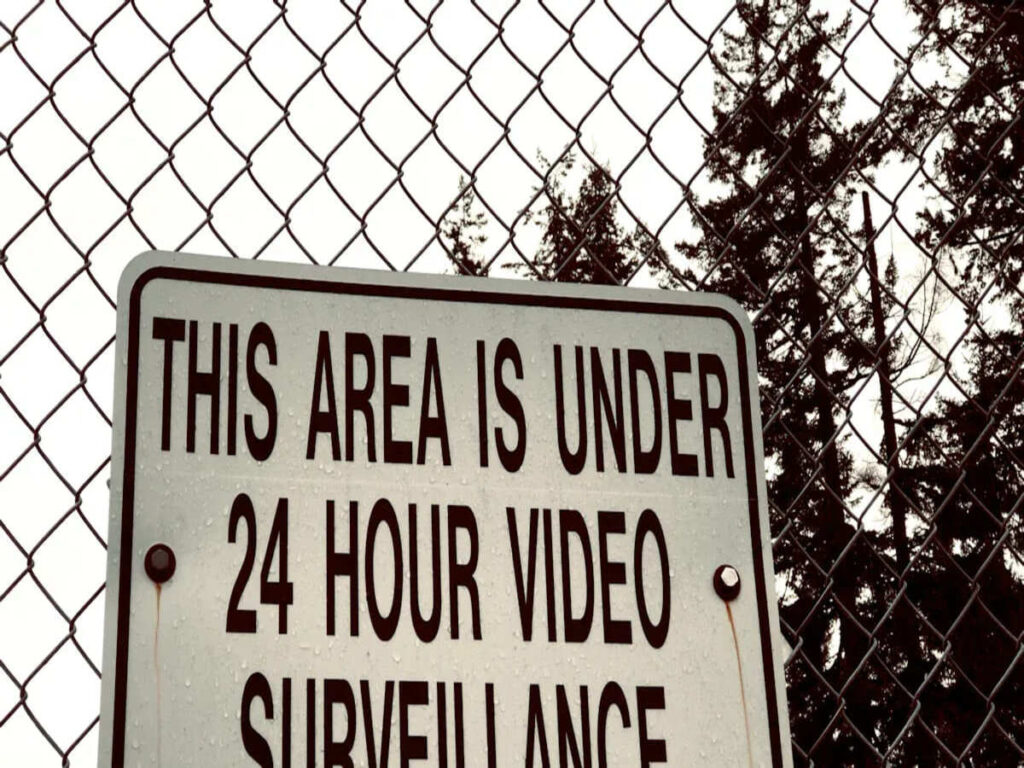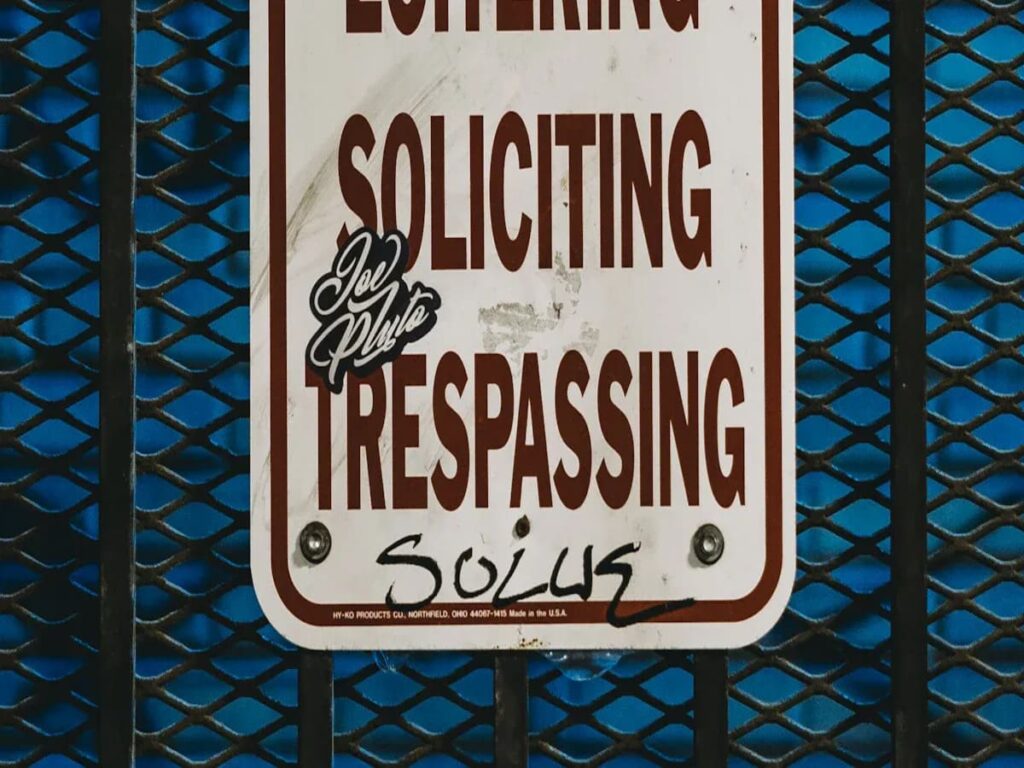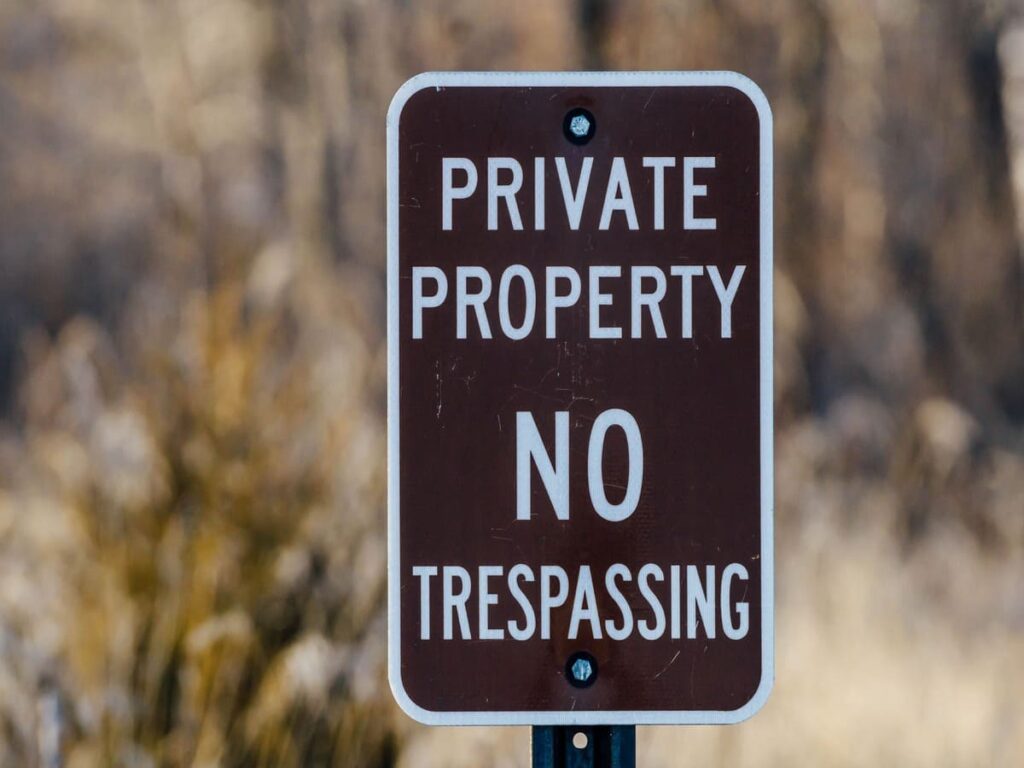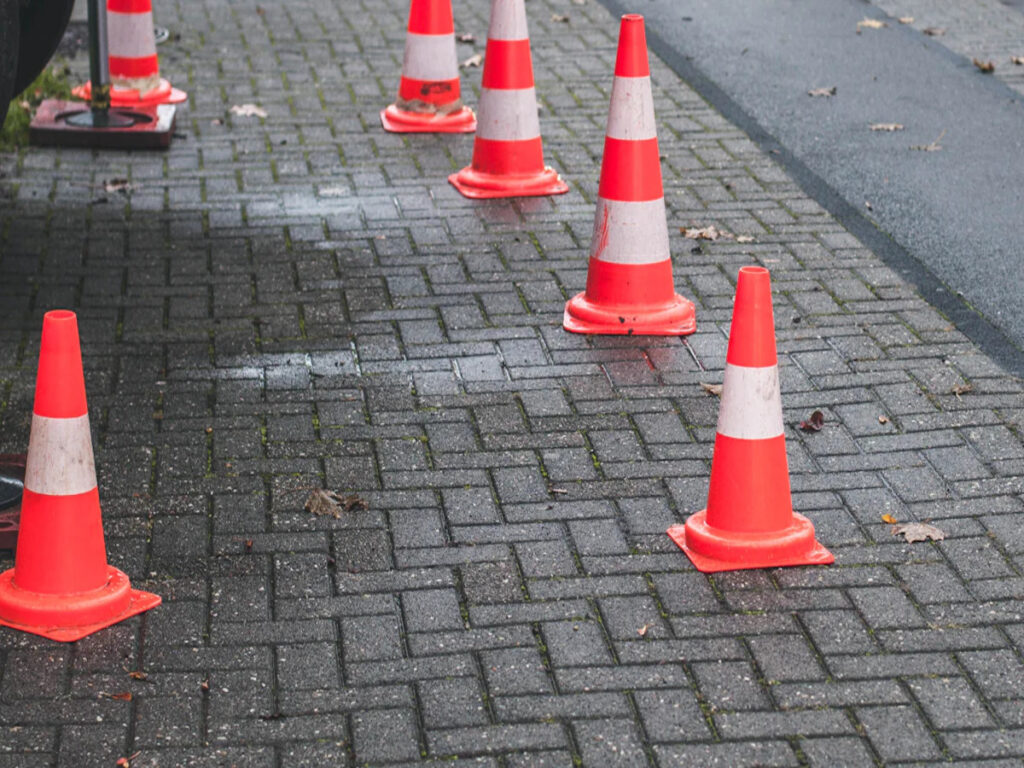
교통 콘 크기 다양한 환경에서 안전 및 규정 준수를 유지하는 데 중요한 역할을합니다.. 큰 원뿔이 고속 도로를 지배한다는 것을 알 수 있습니다, 작은 것이 주차장이나 실내 공간에 나타나는 반면. 이것은 무작위가 아닙니다. 표준화 된 치수는 가시성과 안정성을 보장합니다, 트래픽 관리 및 위험 표시에 효과적으로 중요한. 예를 들어, 더 큰 원뿔은 고속도로의 가시성을 향상시킵니다, 작은 원뿔은 저속 영역에 적합합니다. 올바른 컨텍스트에서 올바른 크기를 사용하여, 안전 규정을 충족하고 모든 사람을위한 안전한 환경을 조성하는 데 도움이됩니다..
트래픽 콘 크기의 개요
다양한 트래픽 콘 크기를 이해하면 특정 요구에 맞는 올바른 선택을 선택할 수 있습니다.. 각 크기는 독특한 목적을 제공합니다, 다양한 환경에서 안전과 가시성을 보장합니다. 아래에, 가장 일반적인 트래픽 콘 크기 및 응용 프로그램에 대한 개요를 찾을 수 있습니다..
OPT 표시 다양한 환경에서 최대한의 가시성과 내구성을 위해 설계된 다양한 고품질 트래픽 콘을 제공합니다.. 도로 공사 여부, 주차장, 또는 실내 공간, OPTsigns 트래픽 콘 특정 요구에 맞는 안정적인 안전 솔루션을 제공하십시오.
일반적인 교통 원뿔 크기
36-인치 트래픽 콘
그만큼 36-인치 원뿔 가장 큰 표준 크기입니다. 그것은 서 있습니다 914 MM 키가 크고 무게가 있습니다 10 그리고 12 파운드. 이 36 인치 안전 콘은 고속도로 건설 및 대규모 도로 프로젝트에 이상적입니다.. 높이와 체중은 탁월한 가시성과 안정성을 제공합니다, 고속 또는 바람이 부는 조건에서도. 최대의주의가 필요한 지역에서 종종 36 인치 안전 콘이 표시됩니다., 차선 폐쇄 또는 사고 구역과 같은.
28-인치 트래픽 콘
그만큼 28-인치 원뿔 다재다능한 옵션입니다. 측정합니다 711 높이가 mm이고 무게가 있습니다 7 그리고 10 파운드. 이 크기는 일반적으로 도로 공사에 사용됩니다, 지시 트래픽, 위험한 지역을 표시합니다. 높이와 체중의 균형은 도시 및 교외 환경 모두에 적합합니다.. 이 28 인치 트래픽 콘은 고속도로와 건설 구역에서 자주 볼 수 있습니다..
18-인치 트래픽 콘
18 인치 콘은 작지만 여전히 효과적입니다. 그것은 서 있습니다 457 mm 키가 크고 무게가 있습니다 2.75 에게 3 파운드. 이 크기는 소규모 작업장 또는 공간이 제한된 지역에 적합합니다.. 이 18 인치 교통 원뿔을 사용하여 도로를 폐쇄하거나 주차장이나 주거 지역의 임시 위험을 표시 할 수 있습니다..
12-인치 트래픽 콘
12 인치 콘은 가장 작은 표준 크기입니다. 측정합니다 305 높이가 mm이고 무게가 있습니다 1 그리고 1.5 파운드. 이 12 인치 트래픽 콘은 실내 사용 또는 교통량이 적은 지역에 적합합니다.. 창고에는 종종 12 인치 트래픽 콘이 있습니다, 학교, 또는 작은 위험 또는 제한된 구역을 표시하는 스포츠 행사.
| 원뿔 크기 | 키 (신장) | 무게 (LBS) | 전형적인 사용 |
|---|---|---|---|
| 12-인치 트래픽 콘 | 12 | 1 – 1.5 | 실내 사용, 작은 위험 |
| 18-인치 트래픽 콘 | 18 | 2.75 – 3 | 도로 폐쇄, 작은 작업장 |
| 28-인치 트래픽 콘 | 28 | 7 – 10 | 고속도로, 도로 공사, 지시 트래픽 |
| 36-인치 트래픽 콘 | 36 | 10 – 12 | 고속도로 건설, 높은 가시성 요구 |
교통 원뿔 크기의 응용
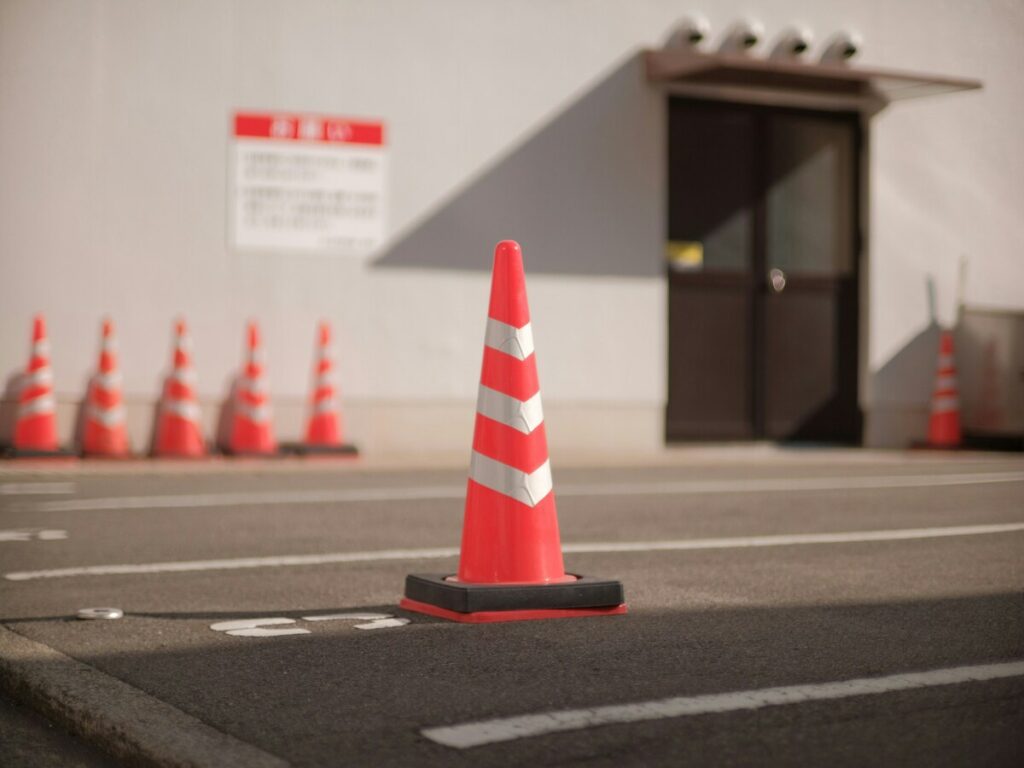
고속도로와 도로 공사
고속도로와 도로 공사, 더 큰 원뿔 28-인치 및 36 인치 크기 필수적입니다. 높이는 거리에서 가시성을 보장합니다, 무게가 바람이 부는 조건에서 팁을받지 못하게합니다.. 이 원뿔은 교통 흐름을 관리하고 고속 지역에서 근로자를 안전하게 유지하는 데 도움이됩니다..
주차장 및 개인 부동산
주차장 또는 개인 부동산에서, 작은 원뿔 18-인치 크기 더 실용적입니다. 그들은 너무 많은 공간을 차지하지 않고 효과적으로 위험을 표시하거나 차량을 안내합니다.. 또한 사용하여 예약 된 주차 장소 또는 임시 노판 구역을 지정할 수도 있습니다..
스포츠 및 레크리에이션 영역
스포츠 분야와 레크리에이션 공간에는 종종 필요합니다 12-인치 트래픽 콘 또는 18 인치 트래픽 콘. 이 크기는 가볍고 움직이기 쉽습니다, 경계 표시 또는 임시 영역 설정에 이상적. 학교에서 사용되는 12 인치 트래픽 콘 또는 18 인치 트래픽 콘이 표시됩니다., 공원, 그리고 커뮤니티 이벤트.
실내 및 저속 영역
실내 또는 저속 영역의 경우, 12 인치 콘이 최선의 선택입니다. 소형 크기는 쉽게 저장하고 배포 할 수 있습니다.. 이 12 인치 트래픽 콘을 창고에서 사용할 수 있습니다, 소매 공간, 또는 위험 또는 제한된 지역을 표시하는 학교 복도.
| 원뿔 크기 | 키 (mm) |
|---|---|
| 12-인치 | 305 |
| 18-인치 | 457 |
| 28-인치 | 711 |
| 36-인치 | 914 |
교통 원뿔에 대한 법적 및 안전 표준
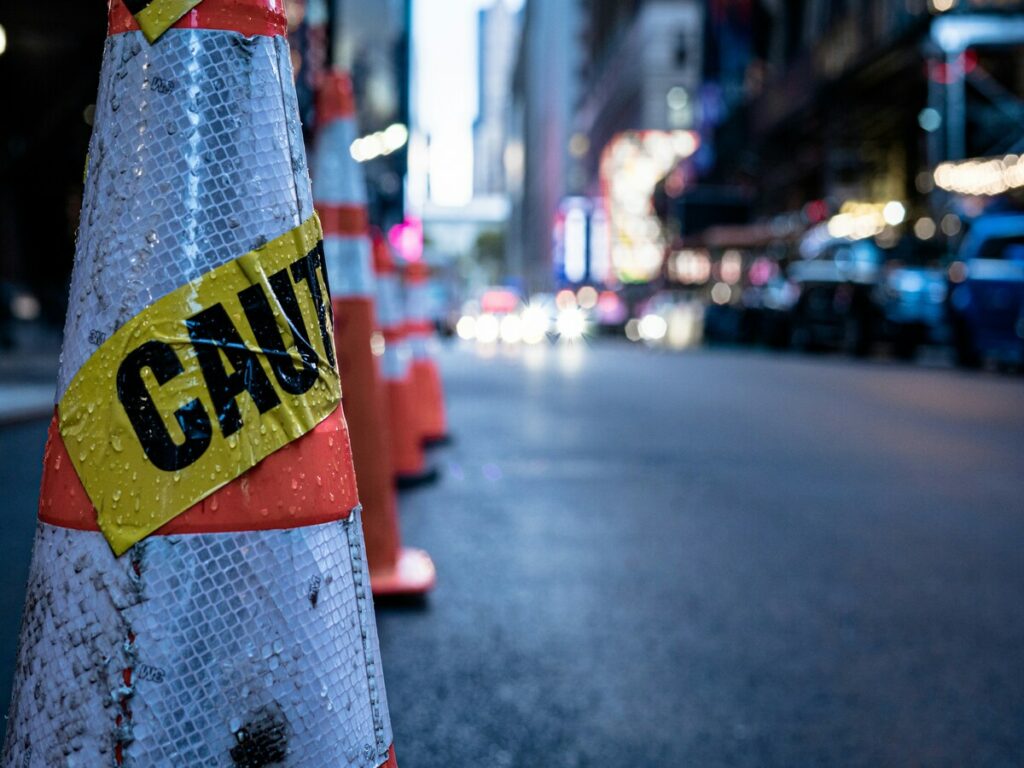
트래픽 콘 안전 및 규정 준수를 보장하기 위해 특정 표준 및 규정을 충족해야합니다.. 이 지침은 지역마다 다르지만 공통 목표를 공유합니다.: 다른 환경에서 가시성과 안정성을 향상시킵니다. 아래에, 미국의 주요 표준에 대해 배울 것입니다., 교통 원뿔에 대한 영국 표준, 글로벌 사이징 표준.
우리를. 표준 및 규정
교통 원뿔 크기에 대한 MutCD 지침
그만큼 균일 한 교통 통제 장치 매뉴얼 (mutcd) 미국의 트래픽 콘에 대한 주요 규정을 설정합니다.. 이 가이드 라인은 원뿔이 트래픽 관리 및 위험 표시에 효과적인지 확인합니다.. mutcd에 따르면:
- 높이 요구 사항: 원뿔은 적어도 있어야합니다 28 안전한 거리에서 가시성을 보장하기 위해 높이가 높습니다.
- 반사 시트: 저조도 조건에서의 가시성을 향상시키기 위해서는 반사 시트가 필수적입니다..
- 색상: 원뿔은 주황색이어야합니다, 일광 사용에 형광성 오렌지가 권장됩니다.
MutCD는 또한 다양한 용도로 원뿔 색상을 지정합니다:
| 원뿔 색상 | 사용법 설명 |
|---|---|
| 오렌지 원뿔 | 임시 건설 구역을 표시하십시오, 위험, 그리고 교통 통제. |
| 라임 그린 콘 | 보행자 또는 자전거 경로를 나타냅니다, 차량과 보행자 간의 안전성 향상. |
| 흰색 원뿔 | 건설 구역 주변의 직접 운전자 및 근로자로부터 안전한 거리를 유지. |
상태 별 요구 사항
MutCD는 국가 지침을 제공합니다, 개별 국가는 추가 규정을 부과 할 수 있습니다. 예를 들어, 일부 주에는 고장 지역에서 사용되는 원뿔에 더 무거운베이스가 필요합니다.. 다른 사람들은 야간 사용에 대한 특정 후향 수준을 의무화 할 수 있습니다. 규정 준수를 보장하기 위해 항상 주정부의 요구 사항을 확인하십시오.
교통 원뿔에 대한 영국 표준
미국과의 주요 차이점. 표준
교통 원뿔에 대한 영국 표준, 아래에 정의되었습니다 BS ONE 13422, 미국과 크게 다릅니다. 규정. 영국 콘은 두 가지 주요 유형으로 분류됩니다: 카테고리 a (완전히 후형) 그리고 카테고리 b (부분적으로 후형). 추가적으로, 영국 표준은 원뿔을 모양으로 분류합니다 (S1 및 S2) 그리고 체중 (W1, W2, 그리고 W3). 이러한 분류는 원뿔이 다양한 조건에서 안정적이고 눈에 보이도록합니다..
영국의 응용 프로그램
영국에서, 교통 원뿔은 도로 공사에 널리 사용됩니다, 건설, 이벤트 관리. 후향성 클래스 (R1A, R2A, R1B, 및 R2B) 콘이 도시 및 농촌 환경에 대한 가시성 요구 사항을 충족하는지 확인. 당신은 종종 고속도로 에서이 원뿔을 볼 수 있습니다, 그들의 반사 특성은 야간 작업 중에 안전을 향상시킵니다.
글로벌 사이징 표준
유럽과 아시아의 변형
교통 콘 크기 표준은 도로 조건과 교통 밀도의 차이로 인해 유럽과 아시아마다 다릅니다.. 유럽 콘은 종종 BS EN을 따릅니다 13422 기준, 아시아 국가는 고유 한 크기 및 체중 요구 사항을 채택 할 수 있습니다.. 예를 들어, 일부 아시아 국가는 더 좁은 도로를 수용하기 위해 도시 지역에 작은 원뿔을 사용합니다..
지역적 차이가 존재하는 이유
지역적 차이 교통 원뿔 표준에서는 다양한 안전 우선 순위와 환경 요인에서 발생합니다.. 고장 지역에는 무거운 원뿔이 필요할 수 있습니다, 트래픽이 밀집된 영역은 소형 설계의 우선 순위를 정할 수 있습니다. 이러한 차이를 이해하면 지역 규정을 충족하고 안전을 보장하는 원뿔을 선택하는 데 도움이됩니다..
크기 별 트래픽 콘 기능
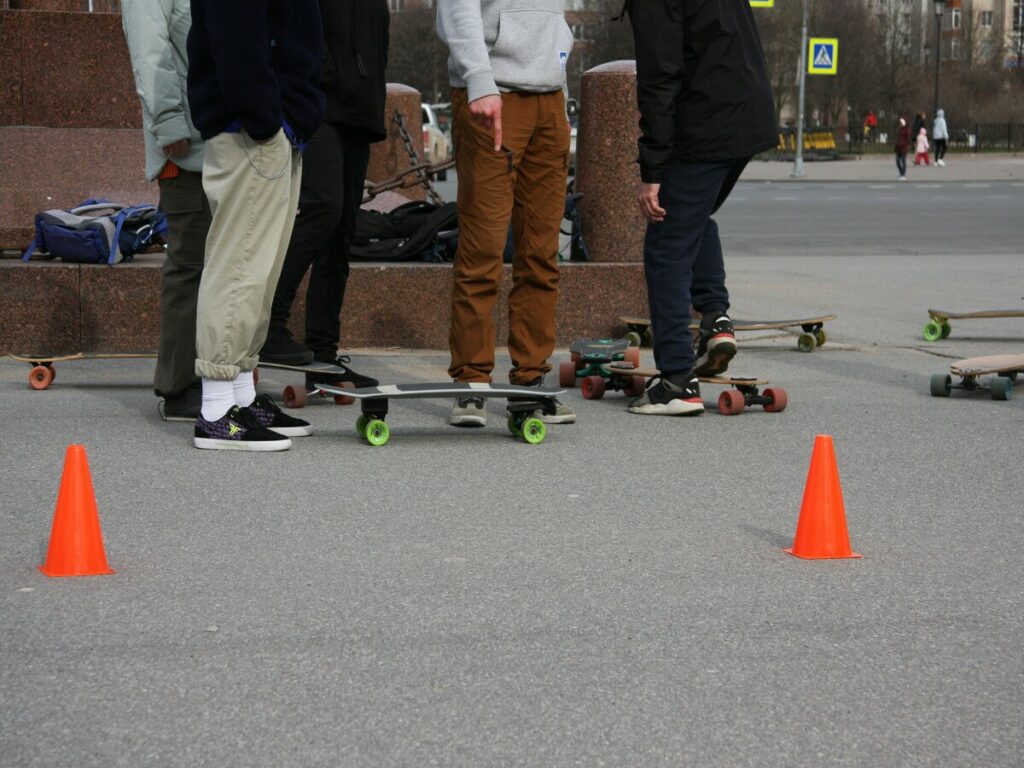
재료와 내구성
PVC 및 고무 교통 원뿔
그만큼 재료 트래픽 원뿔 중 특정 환경에 대한 내구성과 적합성이 결정됩니다.. PVC 콘은 가벼우면서도 유연합니다, 충격과 풍화에 저항력이 있습니다. 고무 콘, 반면에, 더 큰 무게와 안정성을 제공합니다. 이것은 바람이 부는 조건이나 차량 교통량이 많은 지역에 이상적입니다.. 생태 의식 사용자를 위해, 재활용 재료로 만든 원뿔은 내구성을 손상시키지 않고 환경 친화적 인 옵션을 제공합니다..
| 재료 | 설명 |
|---|---|
| PVC | 유연성과 내구성을 제공합니다, 충격에 저항력이 있습니다. |
| 고무 | 체중과 안정성으로 유명합니다, 고무 원뿔은 바람에 의해 날아갈 가능성이 적습니다.. |
| 재활용 재료 | 재활용 재료로 만든 친환경 옵션도 제공됩니다. |
접을 수있는 트래픽 콘
접을 수있는 트래픽 콘 일시적인 사용을위한 실질적인 선택입니다. 이 콘은 저장과 운송을 쉽게하기 위해 평평하게 접습니다. 소형 디자인에도 불구하고, 배치시 가시성과 안정성을 유지합니다. 휴대 성이 필수적인 비상 상황 또는 단기 프로젝트에 사용할 수 있습니다..
기본 유형 및 안정성
높은 바람을위한 가중 기지
에이 안정적인베이스 트래픽 콘을 똑바로 세우는 데 중요합니다, 특히 바람이 부는 조건에서. 가중 기지, 종종 고무로 만들어졌습니다, 추가 안정성을 추가하십시오. 이 기능은 강한 돌풍이나 통과하는 차량에 노출 되더라도 원뿔이 제자리에 유지되도록합니다.. 고속 도로의 경우, 가중 기초가있는 원뿔은 필수 불가결합니다.
저장 용 쌓을 수있는베이스
쌓을 수있는베이스는 트래픽 콘의 저장 및 운송을 단순화합니다.. 이베이스는 원뿔이 서로 깔끔하게 둥글게 할 수 있도록합니다., 공간을 절약하고 취급을 더 쉽게 만듭니다. 일부 원뿔의 강화 핸들 디자인은 손상을 일으키지 않고 쌓인 유닛의 무게를 지원합니다.. 추가적으로, 플랜지 바닥은 사용 중 또는 고무베이스로 쌓일 때 안정성을 향상시킵니다..
올바른 트래픽 콘 크기 선택
효과적인 트래픽 관리 및 안전을 위해서는 올바른 트래픽 콘 크기를 선택하는 것이 필수적입니다.. 선택한 크기는 몇 가지 요인에 따라 다릅니다, 응용 프로그램을 포함하여, 가시성 요구, 그리고 예산. 이 트래픽 콘 안내서는 정보에 근거한 결정을 내리는 데 도움이됩니다..
고려해야 할 요소
응용 프로그램 유형
고속 도로의 경우, 더 큰 원뿔을 선택하십시오 (28-인치 또는 36 인치). 실내 또는 임시 용도, 더 작은 크기를 선택하십시오 (12-인치 또는 18 인치).
시계
가시성은 교통 통제에서 중요한 역할을합니다. 더 큰 원뿔은 고속 도로에서 더 잘 보입니다, 특히 반사 칼라와 짝을 이룰 때. 작은 원뿔은 저속 지역에 적합하지만 대형 차량에 대한 적절한 가시성을 제공하지 않을 수 있습니다..
환경 조건
을 위한 깜짝 놀란 또는 교통량이 많은 지역, 가중치 또는 고무베이스가있는 원뿔을 선택하십시오.
예산 고려 사항
장기 프로젝트의 경우, 투자하십시오 무거운 원뿔 고무 또는 PVC와 같은 내구성있는 재료로 제작되었습니다. 이 원뿔은 가혹한 날씨와 빈번한 사용을 견뎌냅니다, 시간이 지남에 따라 비용 효율적으로 만듭니다. 임시 설정의 경우, 경량 콘은보다 저렴한 옵션입니다.
| 원뿔 유형 | 가격대 | 가장 잘 사용됩니다 |
|---|---|---|
| 무거운 원뿔 | $20 에게 $50+ | 장기, 교통량이 많은 프로젝트 |
| 표준 콘 (작은) | $5 에게 $15 | 일시적인, 트래픽이 적은 설정 |
| 표준 콘 (크기가 큰) | $25 에게 $50 | 중기, 적당한 트래픽 |
트래픽 콘 크기 표준 및 기능을 이해함으로써, 안전을 향상시키는 정보에 근거한 결정을 내릴 수 있습니다, 규정 준수, 트래픽 관리의 효율성.

